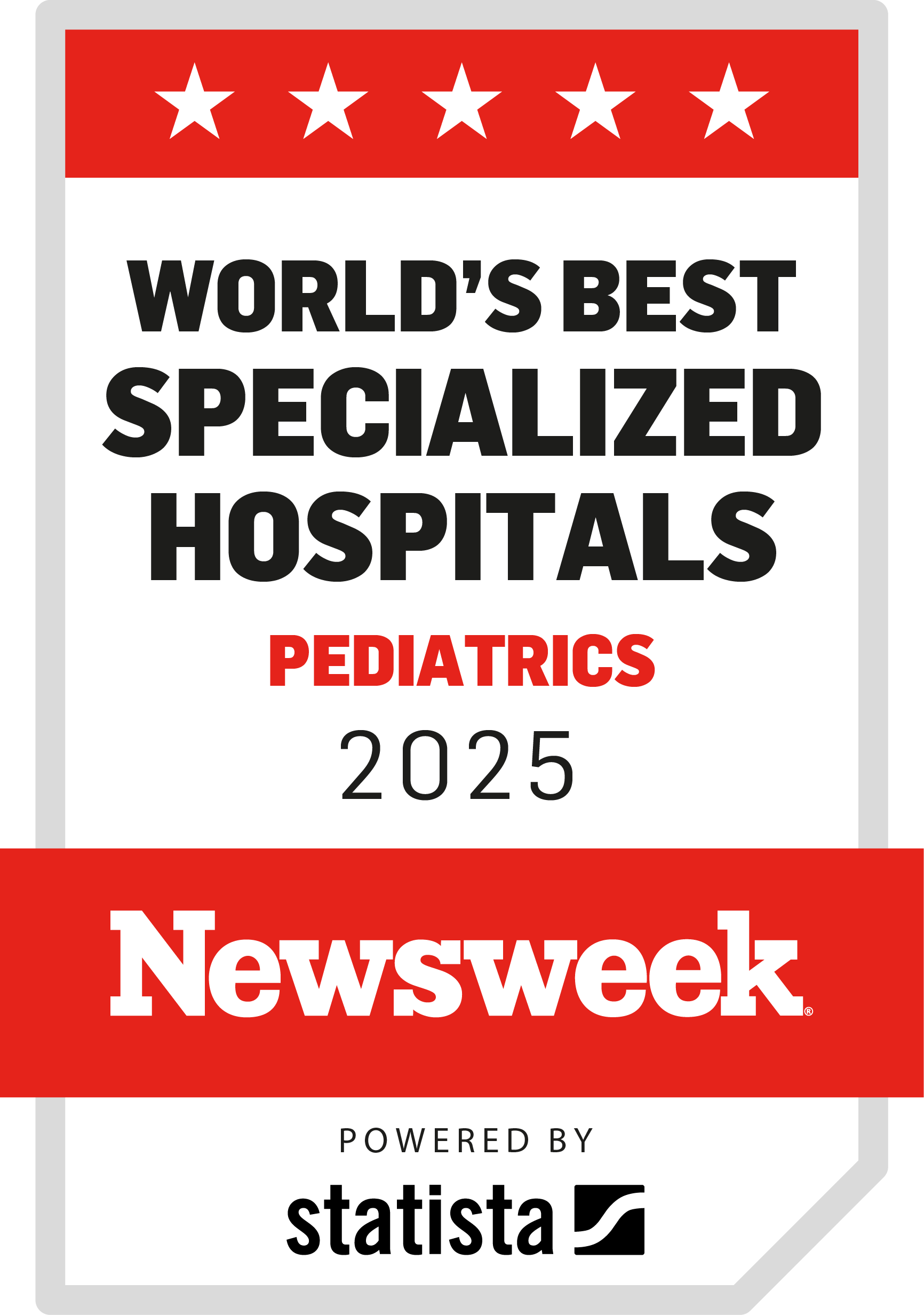Fetal Alcohol Syndrome (FAS) | Symptoms & Causes
What are the symptoms of fetal alcohol syndrome?
Symptoms may include:
- Small head, small jaw, and small, flat cheeks
- Excessive hair
- Undergrown nails
- Incomplete or lack of development of brain structures
- Heart murmurs, heart defects, abnormalities of large vessels
- Incomplete development of genitalia
- Growth, motor, and mental retardation
- Irritability in infancy and hyperactivity in childhood
- Poor coordination
Fetal Alcohol Syndrome (FAS) | Diagnosis & Treatments
How is fetal alcohol syndrome diagnosed?
Most often, FAS is diagnosed based on the mother's history and the appearance of your baby, based on a physician examination by a physician.
How is fetal alcohol syndrome treated?
The U.S. Food and Drug Administration (FDA) designated specific drugs for treating the symptoms of withdrawal from alcohol in babies. However, it's important to note that there is no treatment for life-long birth defects and retardation. Babies and children with alcohol-related damage often need developmental follow-up and, possibly, long-term treatment and care.
How Boston Children's approaches FAS
The Outpatient Psychiatry Service at Boston Children's Hospital works with children and adolescents to determine if psychoactive medication would be an effective tool in their psychiatric treatment. We see thousands of patients every year. Our team sees children with a wide range of psychiatric conditions, including mood and anxiety disorders, problems with impulse control and developmental disorders and psychosis, which are sometimes brought on by FAS.
Meanwhile, our team is at the forefront of FAS research. A study using magnetic resonance imaging (MRI) brain scans suggests that prenatal exposure to cocaine, alcohol, marijuana or tobacco (alone or in combination) may have effects on a baby's brain structure that persists into the child's early adolescence. The findings are of public health significance, since it's estimated that more than 1 million babies born annually in the United States have been exposed to at least one of these things in utero.
Fetal Alcohol Syndrome (FAS) | Research & Clinical Trials
More than 1 million babies born annually in the United States are exposed to cocaine, alcohol, or tobacco before birth. A National Institutes of Health-funded study led by Michael Rivkin, MD, of Neurology, suggests that such exposures may have effects on brain structure that persist into adolescence.
Rivkin and colleagues at Boston Medical Center used volumetric MRI imaging to study the brain structures of 21 young adolescents with prenatal substance exposures and 14 with no exposures. Adolescents exposed prenatally to cocaine, alcohol, or cigarettes showed reductions in total brain volume and in gray matter in the brain's cerebral cortex, important in many cognitive functions. There were too few children to find statistically significant effects of any single substance after accounting for other exposures, but the more substances a child was exposed to, the greater the reduction in brain volume.
Especially striking was the finding that prenatal tobacco exposure alone had an effect on brain volume that fell just short of statistical significance. "About 20 percent of women who smoke continue to do so during pregnancy," Rivkin notes.
The study was published in Pediatrics. Rivkin and colleagues hope to get funding to confirm their findings in a larger group of children.
Preventing and treating disabilities
Boston Children’s Hospital’s Intellectual and Developmental Disabilities Research Center (IDDRC) is one of 20 research centers around the country dedicated to the study of mental retardation and developmental disabilities, with the goal translating basic research into improved care approaches. Our scientists are studying fetal alcohol syndrome and the impact of environmental factors in the etiology, treatment, and prevention of mental retardation and developmental disabilities.


